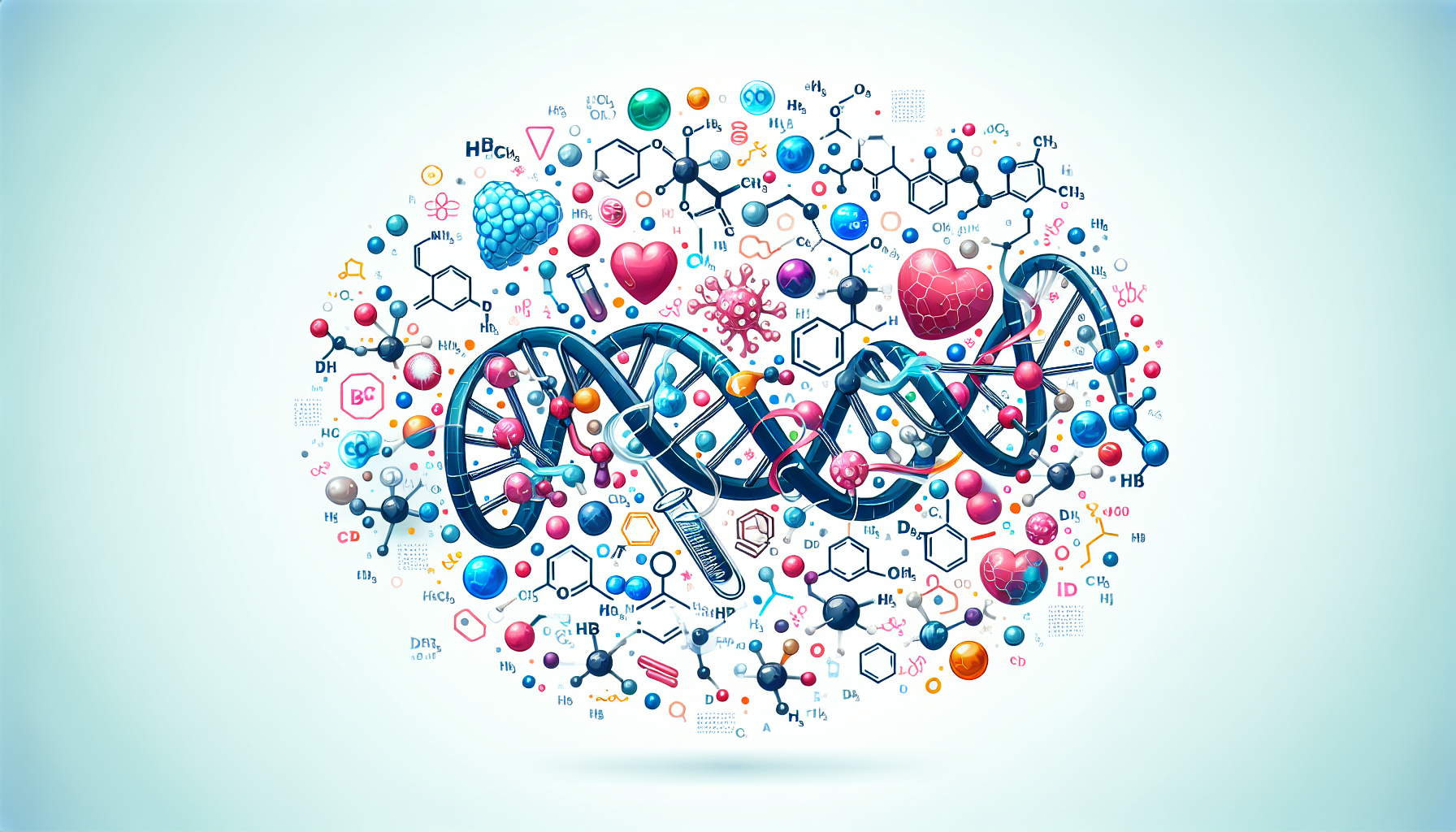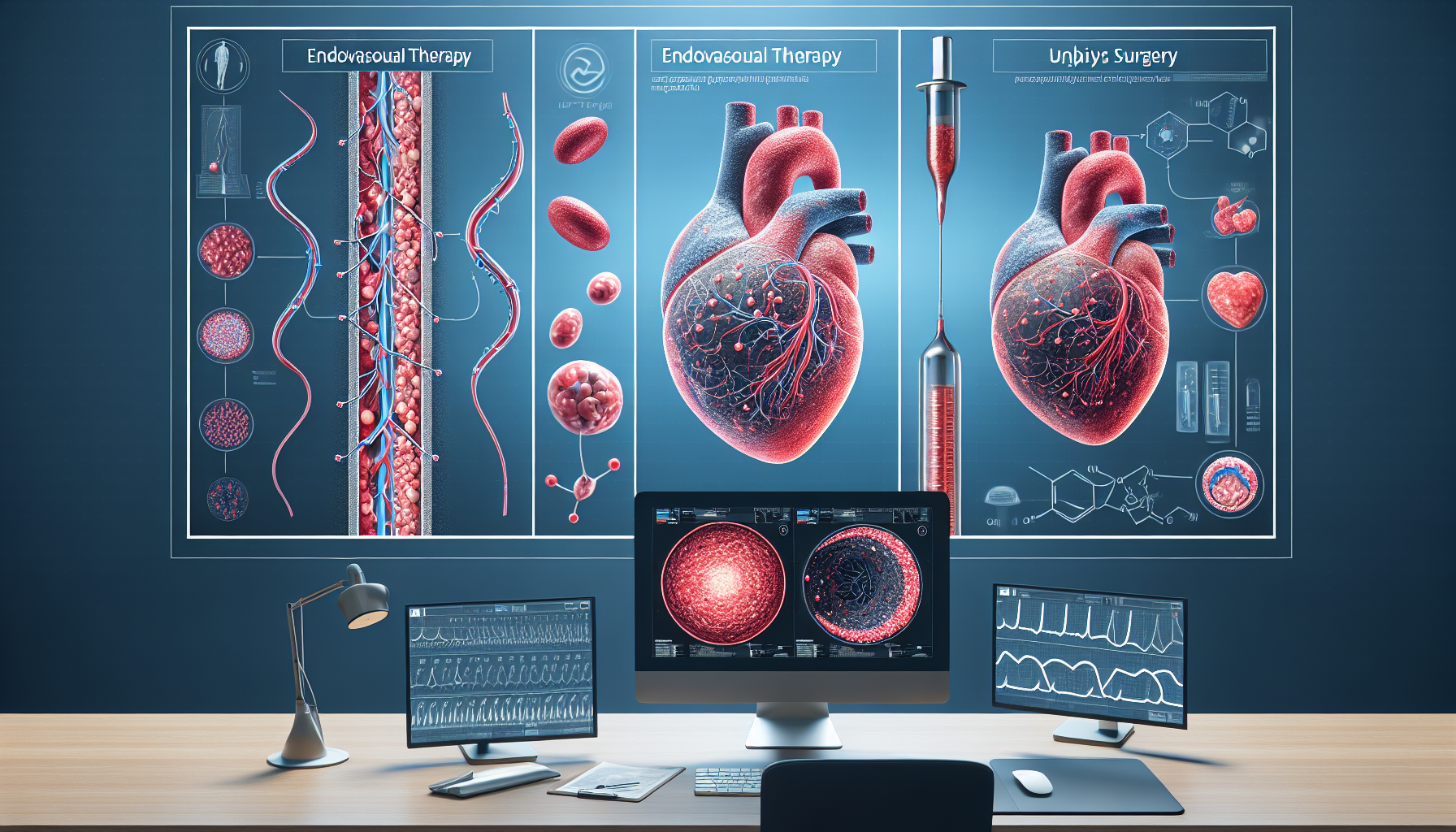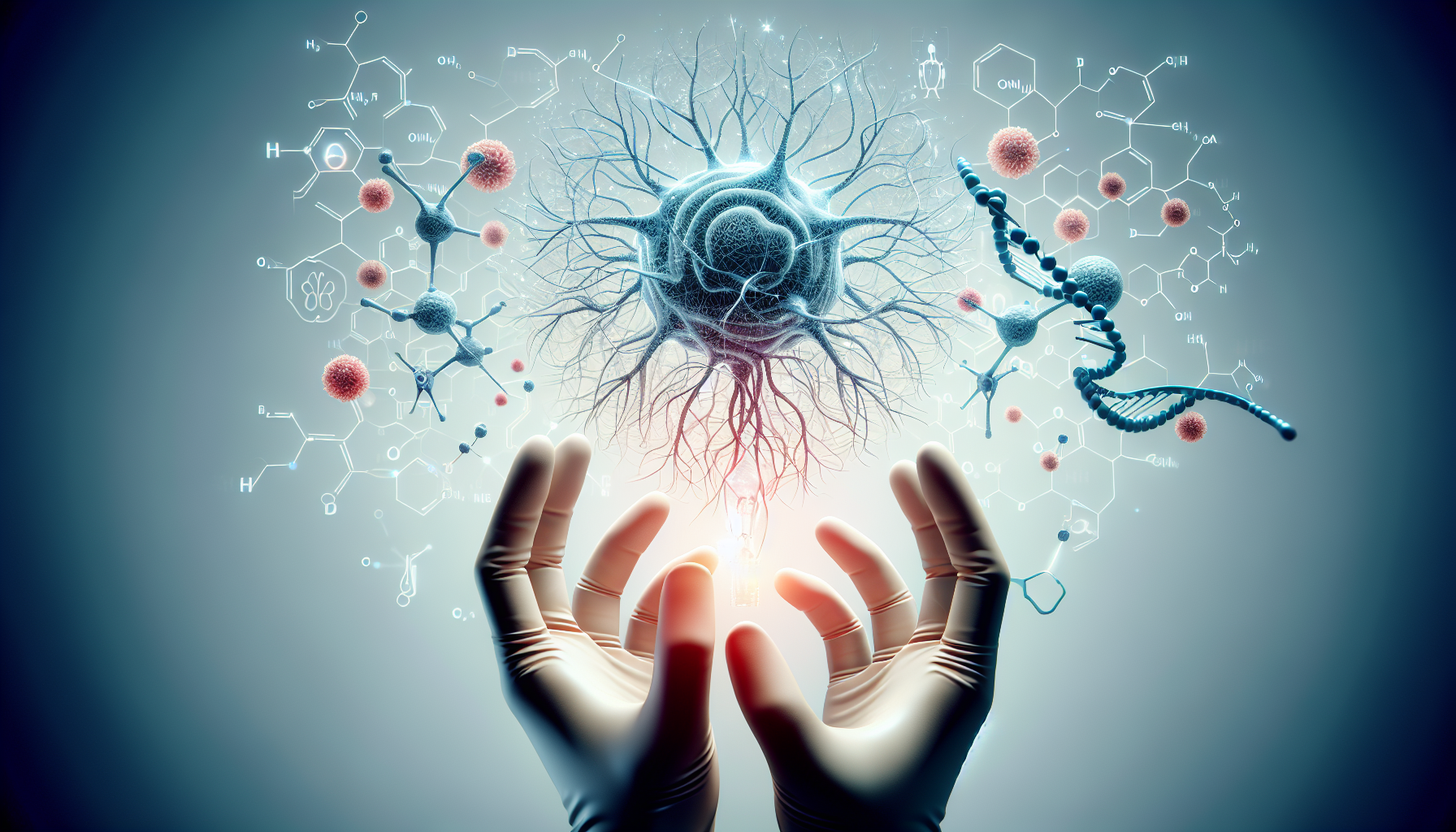New Gene Therapy Brings Hope for Bladder Cancer Treatment
Key Takeaways
- Nadofaragene firadenovec represents a significant breakthrough in gene therapy for bladder cancer.
- The therapy works by delivering interferon-alpha2b directly to bladder cells using a non-replicating adenovirus.
- Ongoing research and combination strategies hold promise for further improving treatment outcomes.
Did You Know?
Introduction to Nadofaragene Firadenovec
Nadofaragene firadenovec, branded as Adstiladrin, represents a pioneering breakthrough in the treatment of bladder cancer. As the first gene therapy approved for this form of cancer, it is paving the way for more innovative therapies.
This treatment is particularly significant for patients with high-risk, BCG-unresponsive non-muscle-invasive bladder cancer (NMIBC), a condition where traditional treatments fail to deliver desired results.
How Nadofaragene Firadenovec Works
The mechanism behind this gene therapy involves delivering interferon-alpha2b (IFN-alpha2b) directly to the bladder cells using a non-replicating adenovirus. Interferon-alpha2b is known for its immune-stimulatory and anti-tumor properties, which include triggering cell death and inhibiting blood vessel formation that supplies the tumor.
This approach helps to enhance the immune response against cancer cells, making it more effective than prior methods where IFN was used alone.
Key Components and Their Roles
Syn3, a synthetic detergent, plays a crucial role in this therapy. It helps to break down the protective layer of the bladder, allowing the interferon to penetrate better and produce the desired anti-cancer effects within the bladder itself.
This innovative delivery method transforms the bladder into a sort of mini-factory producing interferon-alpha2b directly where it is needed.
Clinical Outcomes and Efficacy
Clinical trials have shown promising results. In a significant phase 3 study, 53.4% of patients with carcinoma in situ (CIS) achieved complete response at 3 months. Similarly, 72.9% of patients with high-grade Ta or T1 disease experienced no high-grade recurrence at the same interval.
Patients were treated with the gene therapy every 3 months for a year unless there were signs of high-grade recurrence or unacceptable toxicity. Those who responded well often continued the therapy beyond the initial year.
Safety and Side Effects
The safety profile of nadofaragene firadenovec is comparable to BCG, a well-known bladder cancer treatment. Common side effects include site discharge, fatigue, bladder spasms, and urinary urgency, but severe side effects are rare. Only a small percentage, around 1.9%, discontinued due to side effects.
Handling and administration of the therapy are straightforward for clinicians, involving thawing of the frozen product and usage within a specific period.
Future Considerations and Research
Ongoing research is crucial for further improving the success rates of this therapy. Combining nadofaragene firadenovec with other treatments or altering its dosage could potentially enhance its long-term effectiveness.
Investigations into other gene therapies like cretostimogene grenadenorepvec and detalimogene voraplasmid also hold promise for patients who do not respond to existing treatments.
Exploring Alternative Gene Therapies
Cretostimogene grenadenorepvec, under phase 3 trials, is another promising gene therapy. It works by targeting tumor cells that have defects in the retinoblastoma pathway, thereby triggering an immune response against them.
Additionally, detalimogene voraplasmid, a non-viral gene therapy, has shown significant response rates in early trials, offering another potential alternative for BCG-unresponsive NMIBC patients.
Unmet Needs and Future Directions
The primary goal remains to find durable treatments for BCG-unresponsive NMIBC. Given the less invasive nature of intravesical therapies like nadofaragene firadenovec and their favorable dosing schedules, they are a hopeful alternative to more drastic measures such as bladder removal.
While current treatments have expanded, further research into combination therapies involving gene therapy continues to be necessary for improving patient outcomes.
Conclusion
As gene therapies like nadofaragene firadenovec take center stage, they offer a beacon of hope for those battling high-risk NMIBC. Continued advancements and research are imperative to fully realize the potential of these therapies and provide better solutions for cancer patients.






